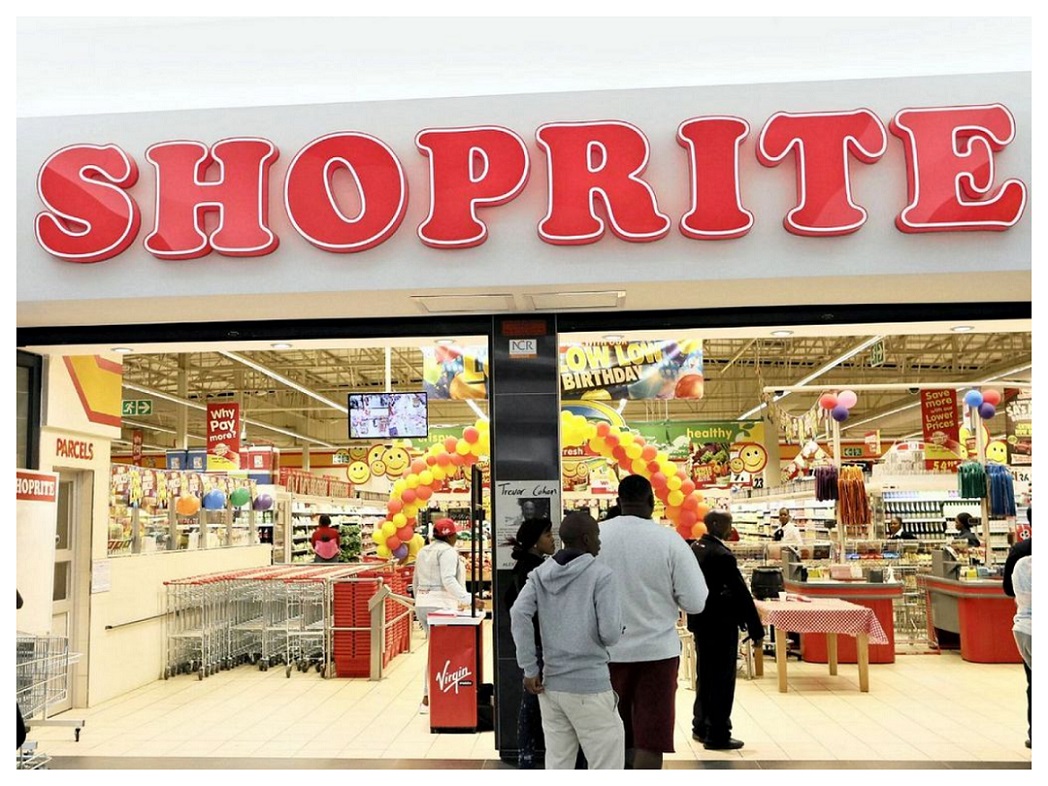The decision by Shoprite, perhaps Africa’s largest retail, to exit from the Uganda market has provoked heated discussion concerning Uganda’s fragile middle class. There has been though scarce attention to her strategy and why it failed where a crowd of other mini supermarkets are seen thriving. These days at almost every roadside corner, one sees a new mini supermarket opening its doors, and easily flourishing.
Shoprite entered the Uganda market in 2003, along with a pan African vision extending to various African nations. After her exist in Uganda and Madagascar she will still concentrate in 11 African countries, with South Africa being her base, where she generates 80% of her revenues. Here, in Uganda she has operated five stores, and prior to the announcement there was expectation for a sixth outlet to open up in an upcoming mall in Nsambya. According to various reports, sales had stagnated since 2017 and the venture was loss making.
Shoprite, along with other mega retailers who have struggled in the Ugandan market, such as Uchumi, Tusky, Pizza hut, has a strategy that focuses on the middle class. Its stores are hyped in such a way that they attract this class with consumption goods that appeal to their broad range of taste. The retailer sells goods well displayed on colorful racks. The stores are generally clean, manned with smartly dressed clerks, with wide walking spaces, and boast of a variety of exotic imported goods, many sold at premium prices.
To appreciate some of the reason why this middle class focused strategy failed to gain traction, one has to begin by first appreciating the concept of supermarket. Supermarkets retailing that was started in 1915 by Vicent Astor in UK, where a broad range of goods are brought under one roof to take advantage of economies of scale and sell at lower prices, took off in the US during post World War 11 boom, cashing in on a growing suburban middle class with aggressive discounted priced products. These mega stores gradually squeezed out the small mom and pop shopkeeper whose higher prices because of overheads couldn’t compete.
This supermarket business model, was perfected by Sam Walton, founder of Wal Mart, with his “buy large and sell at discount”; then generate profit through volume. Long before Amazon, Wal Mart, also perfected one of the most efficient logistical network, enabling her to supply goods to any of her scattered outlets at the least cost.
While this strategy has flourished in the US, Europe and parts of Latin America and Asia; it has not been a spectacular success in certain geographical markets. For example, in spite of India’s $360bn-a-year retail food market, there only a handful of retail chain supermarkets – Metro, Walmart and Tesco- have persisted. The major obstacle has been that in India households still buy on a day-to-day basis, where price bargaining still matters. Besides, shopping is not just business of “pick-and-disappear” but also a social occasion between the neighborhood retailer and his well-known shoppers.
This, indeed, is part of the reason why some of these mega- supermarkets have failed to make in roads in various African markets, like Uganda, where the professional middle class remains weak. One of the elements that identify a middle class is her ability to secure an aspirational lifestyle. The class that lives above the subsistence level in Uganda and can save to consume non-essential goods is quite limited. This middle class, where it exists, is vulnerable and highly unstable. Indeed, it can quickly descend into poverty in the event of economic and other shocks, of which the most recent has been the Covid 19 pandemic. Covid -19 has left many pockets that depend on a regular paycheck battered due to irregular income caused by lockdown effects.
It is here that one appreciates why the min supermarkets are thriving. The fact is there business model is not hinged on this precarious class, but walk in customers many from the informal sector. There are conveniently located, with easy to access points, unlike the mega stores who to access one has to first tussle with parking lot knots. Mini super markets also coast goods which most ordinary Ugandans are acquainted with, in contrast to Shoprite’s more sophisticated range from abroad.
Shoprite business strategy has also been affected by the growth of online retailing, a space which Jumia online and other online delivery outfits have seized. Interestingly, it is this very exposed professional class, her target market, which is most likely to embrace online retail. Other reasons might have had to do with internal management problems such as fraud and poor location, critical to retail market success.
Although Shoprite and other big brand name retail marketers may exit from the Uganda market, the brighter side is that there are other local retailers like Quality Market who seem to have mastered the essentials of this market, of ours and are apparently flourishing. The point is a successful business strategy must fit within the specifics of a local market, rather than using a one-fit-all template, which ultimately has been the failing of Shoprite and other retail giants.


Thanks Dr. Martin Lwanga for your analysis of the situation. Transnational business operations that ignore the local culture dynamics miserably fail in the contextualisation of their business model and strategy, as you have pointed out!
Excellent analysis Martin. Doing business in Uganda is unique which these businesses ignore. I wanted you to expand on fraud from Ugandan managers and workers.